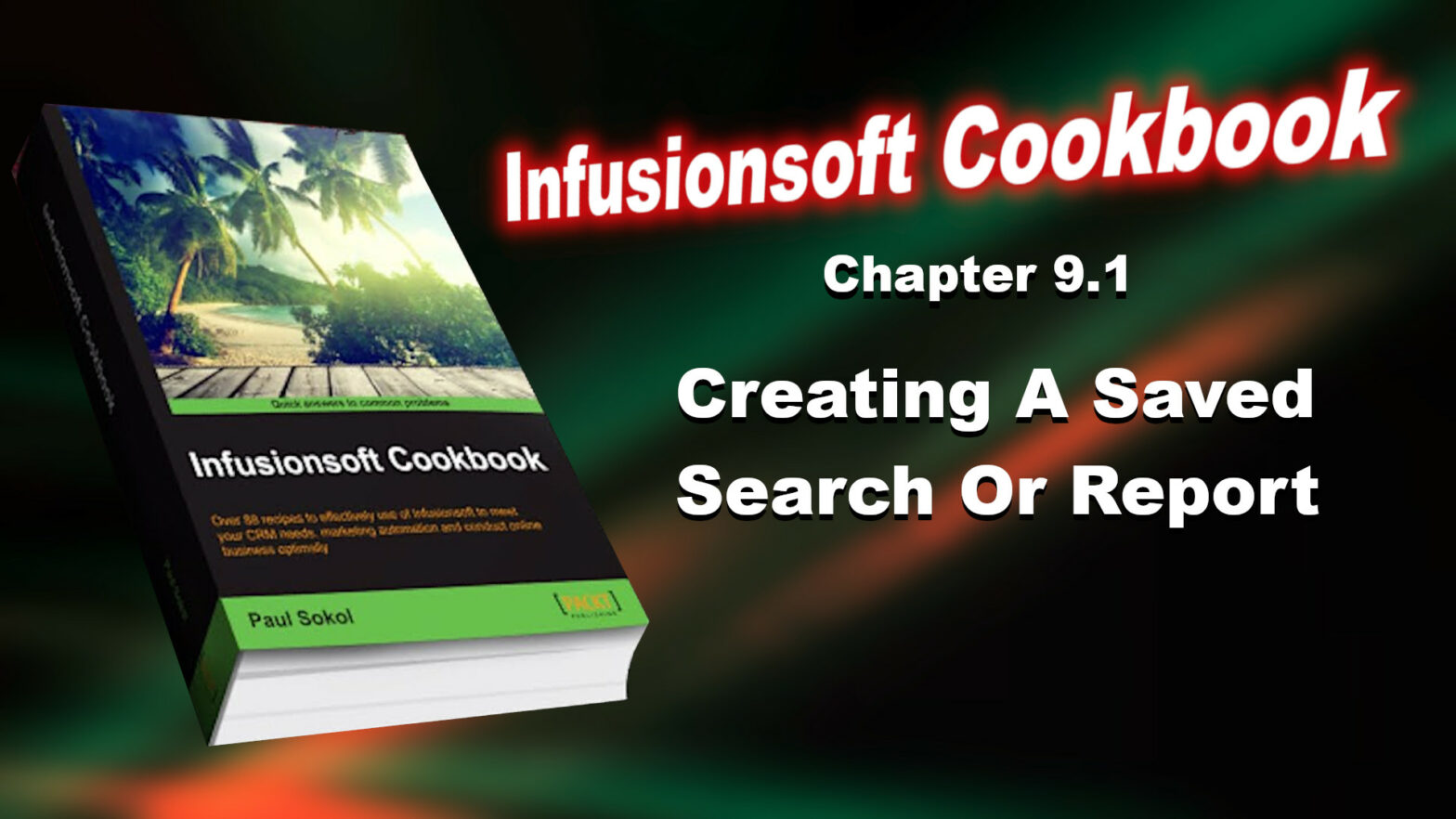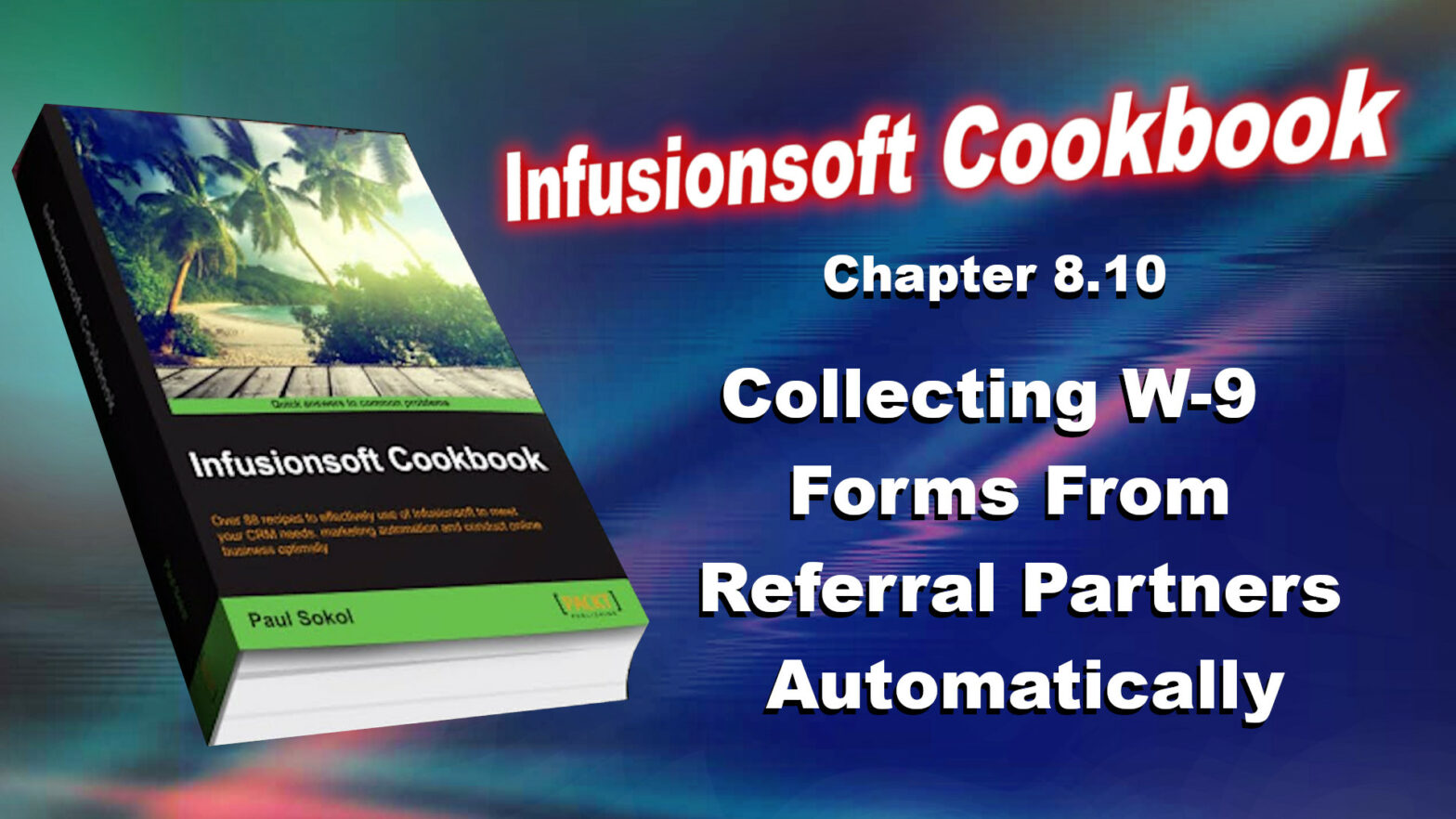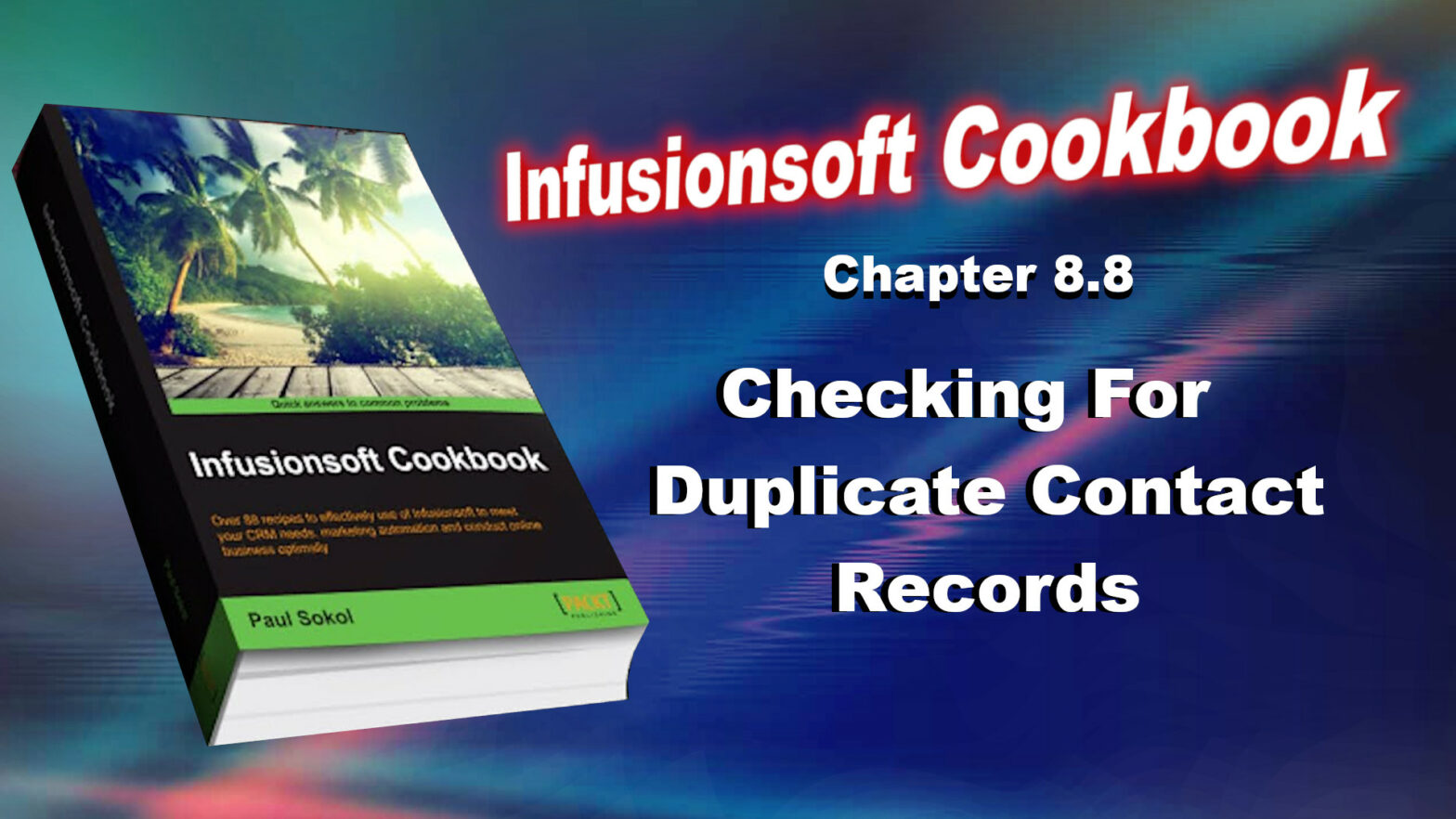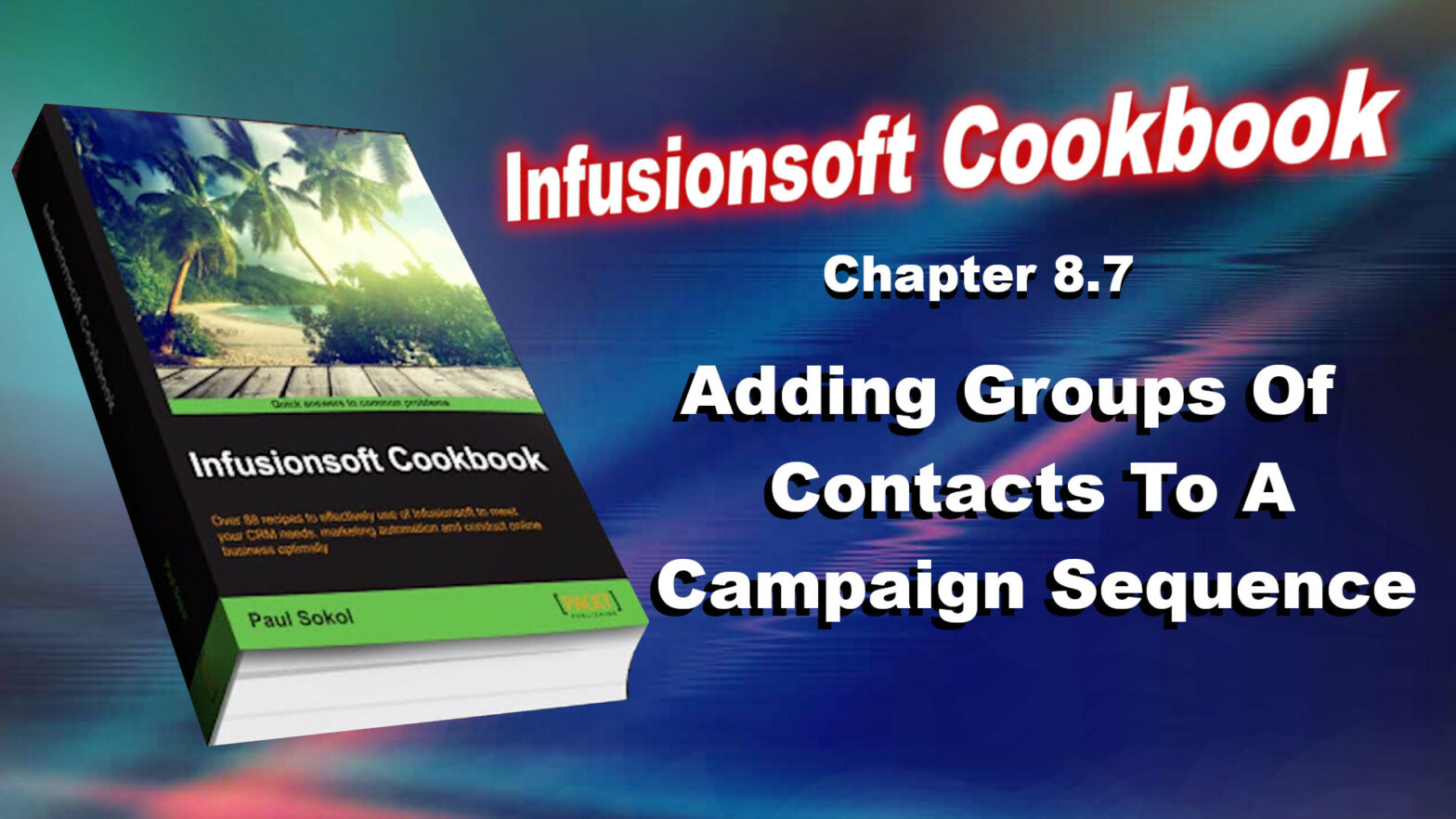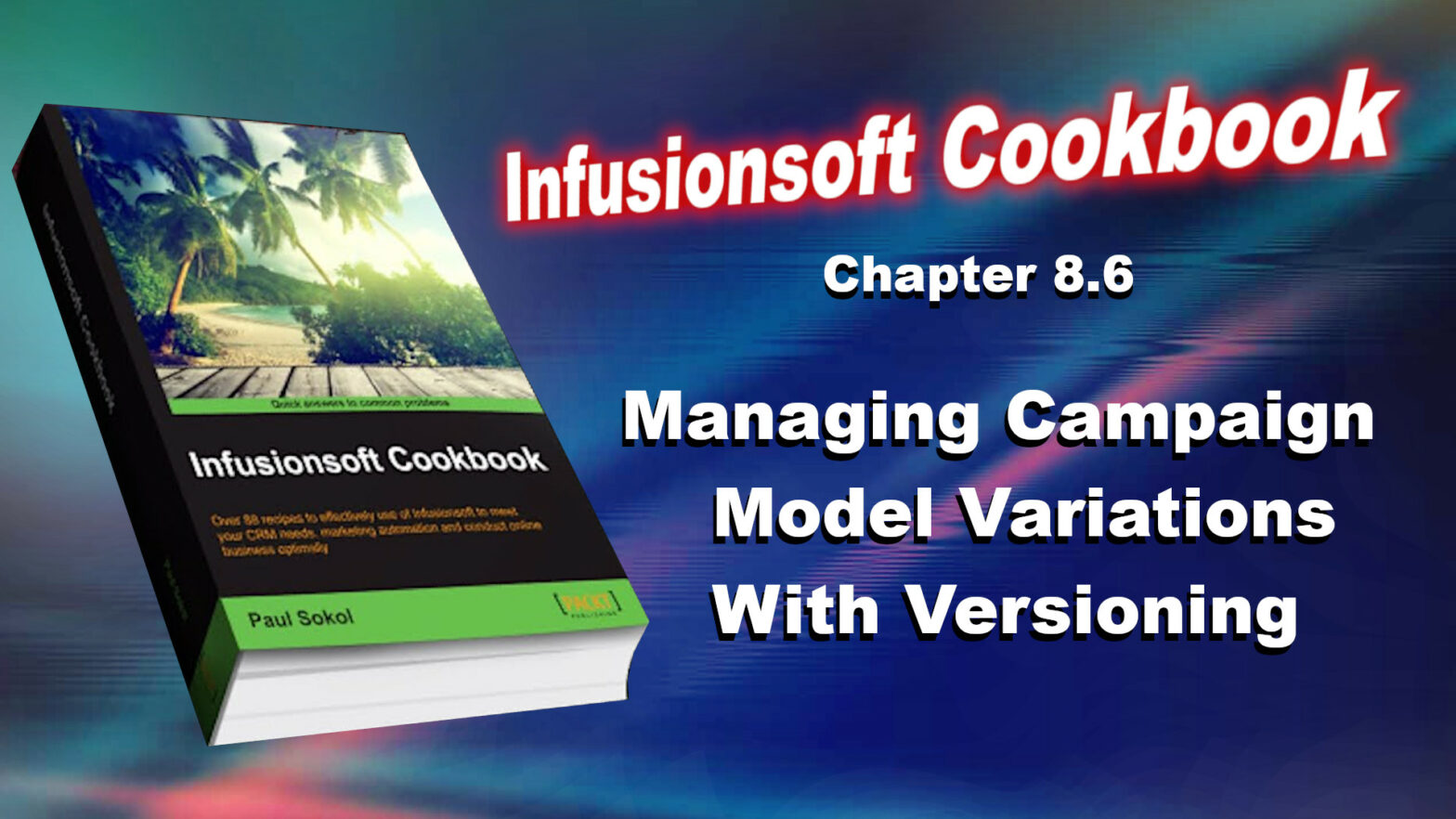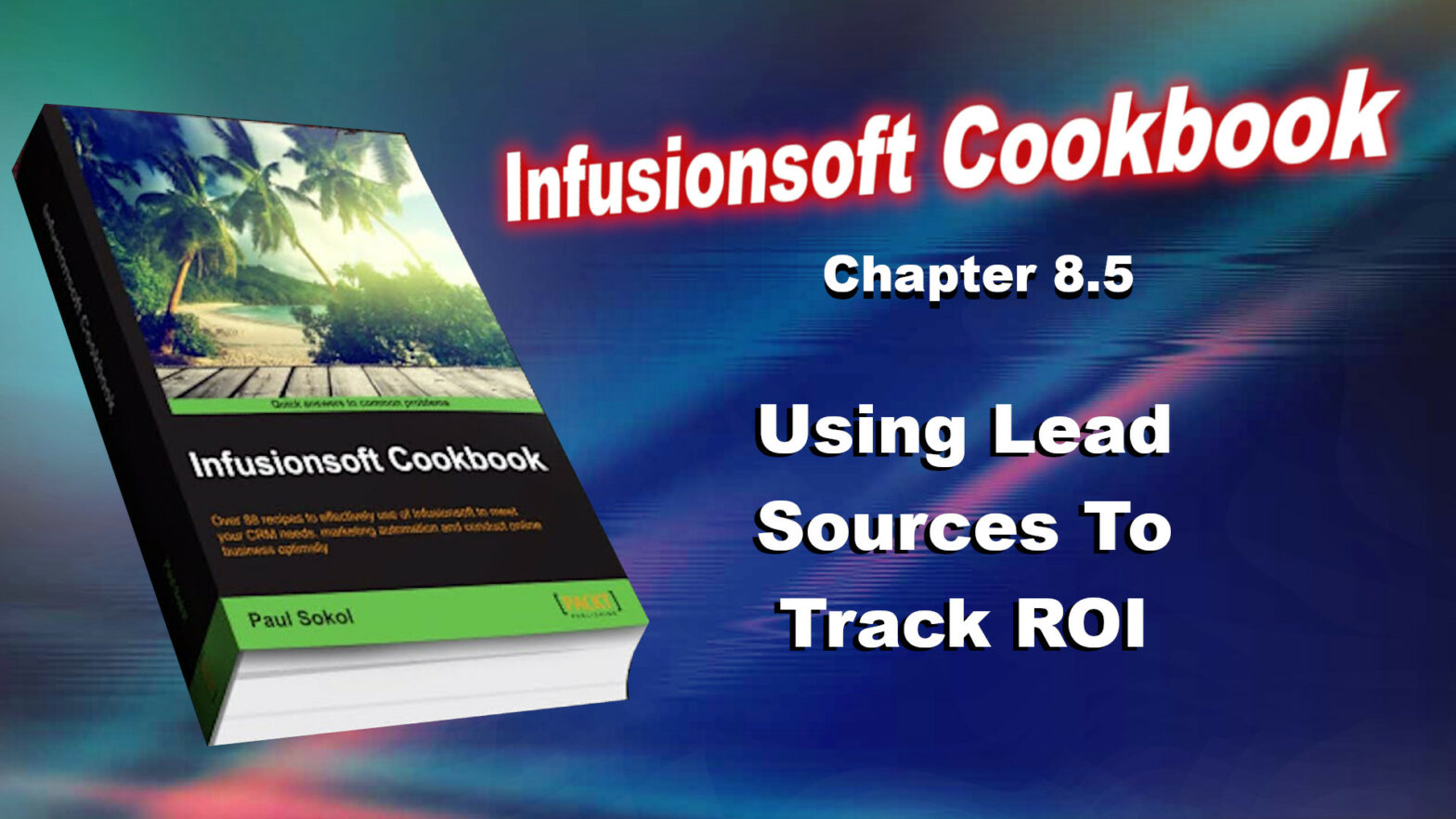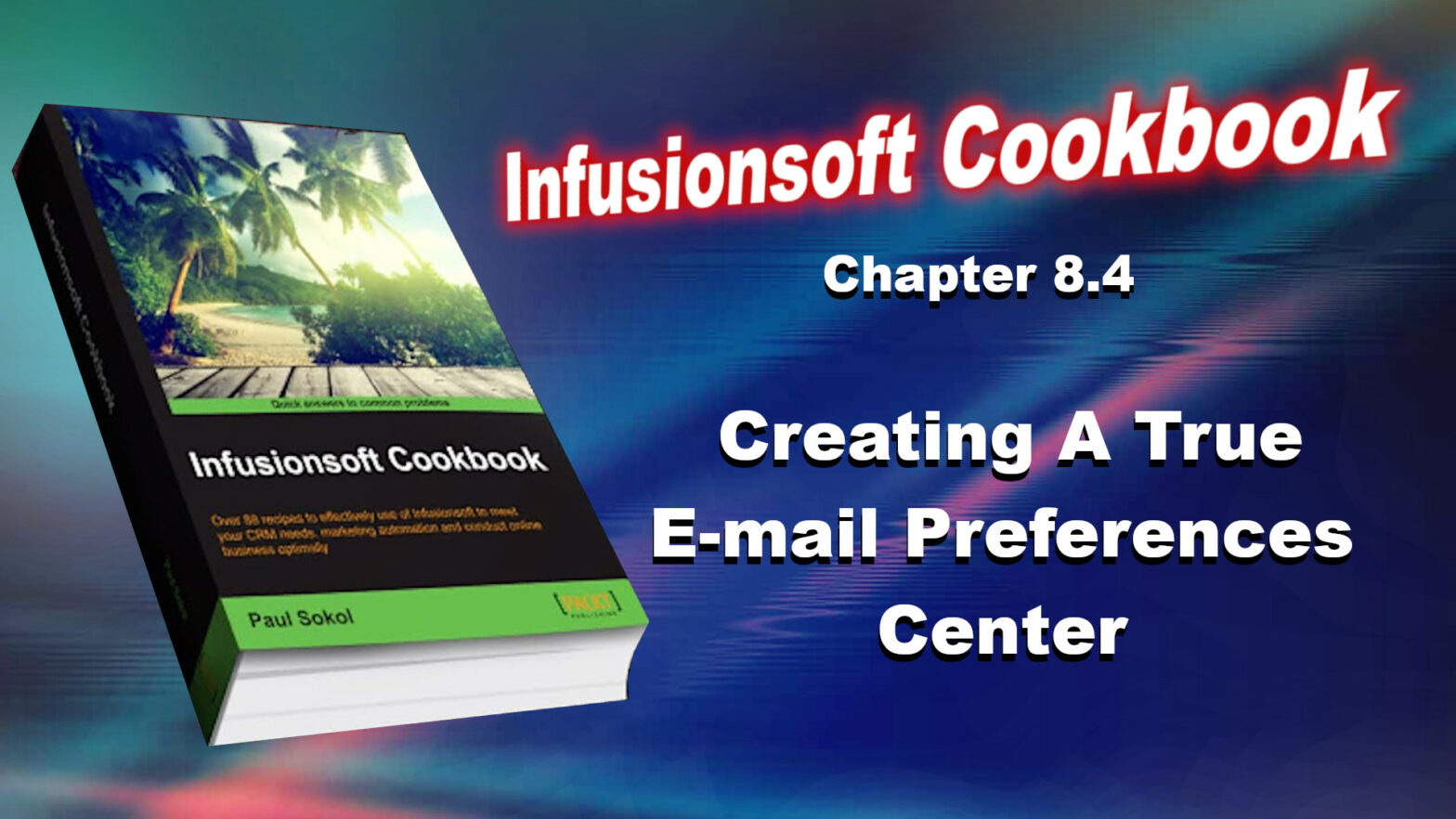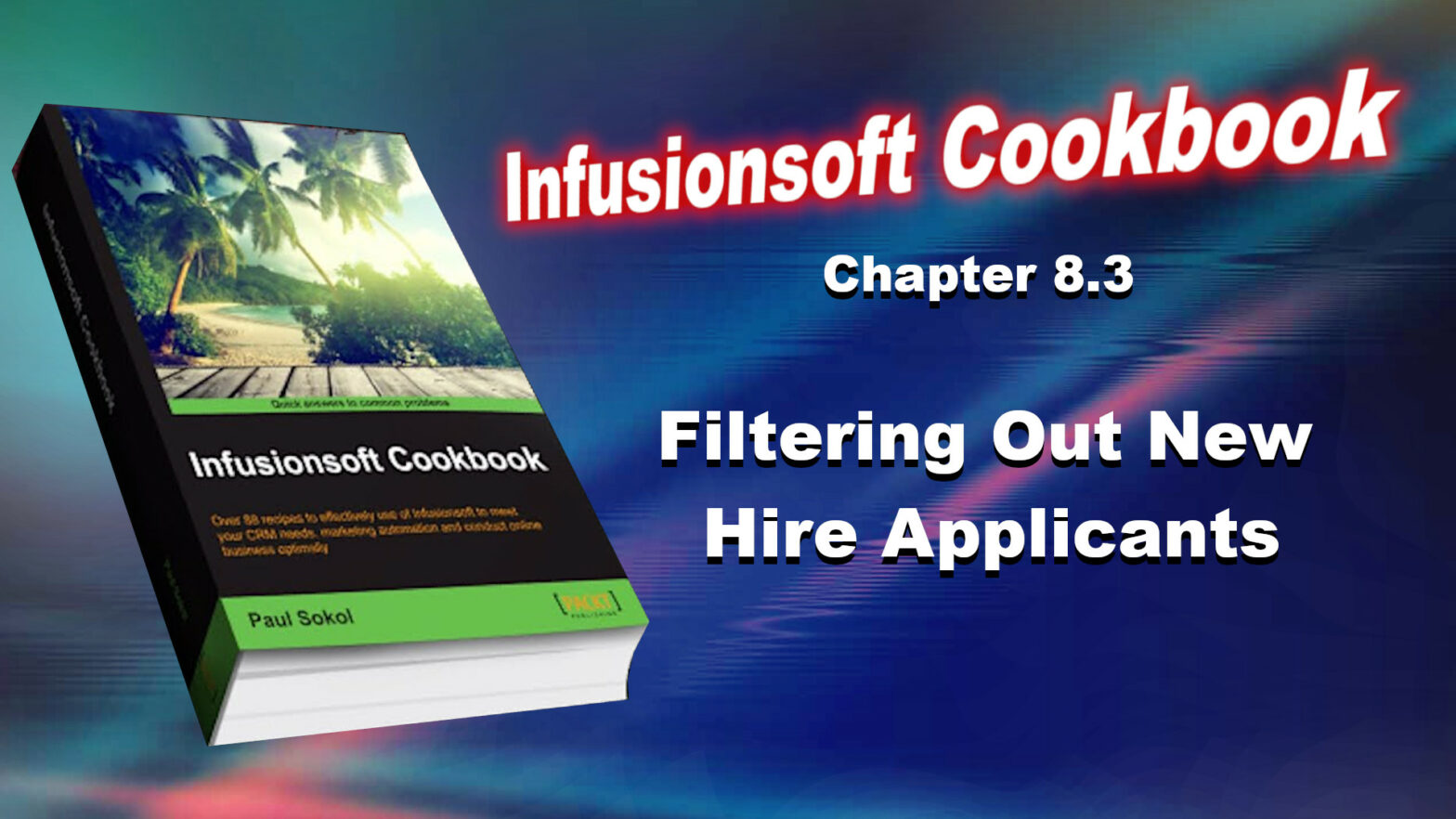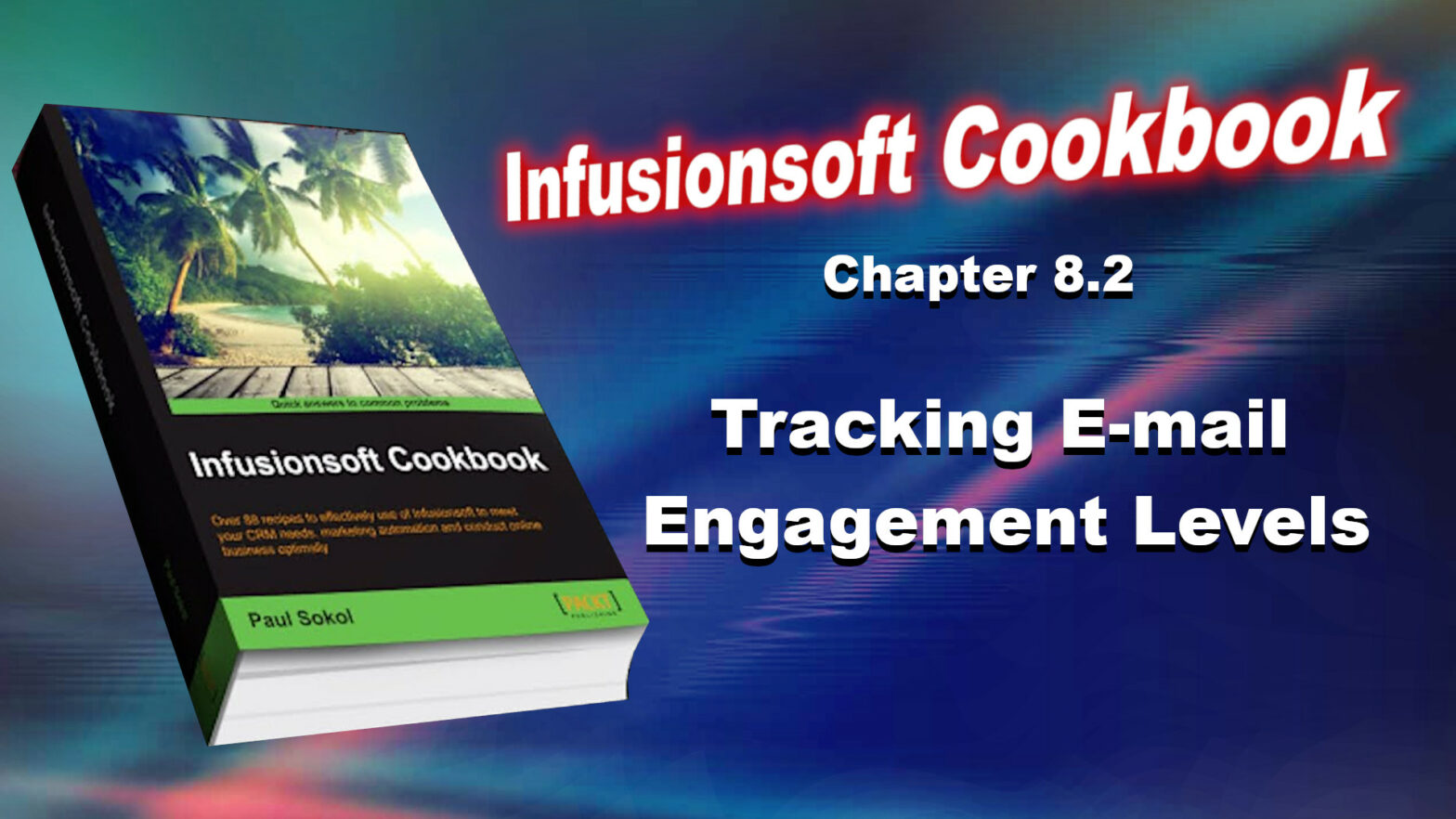One of the most valuable skills we can develop as an Infusionsoft user is knowing how to properly search for and display meaningful data. There are two ways we can search through the database. We can do a direct query on the different tables (contacts, opportunities, orders, and so on) or we can use the built-in reports that come out of the box. The good news is that no matter which method we use, the process to search, display, and save such data is the same. Hence, while this recipe will demonstrate a specific search example, we can extend these ideas to any data inquiry. Specifically, this recipe will search for a group of contacts with a specific tag and then save it for quick access in the future.
Author: Paul Sokol
Paul Sokol has been using Keap since it was called Infusionsoft back in 2008. He even worked for Infusionsoft directly for five years: first as a Success Coach (launching over 200 new customers on the software) and then as a Product Manager. This book is a potent distillation of automation fundamentals that Paul has discovered through his tens of thousands of hours of in-the-trenches implementation.
Infusionsoft Cookbook – Chapter 8.10 – Collecting W-9 Forms From Referral Partners Automatically
To close this chapter, we’re going to explore how to automatically collect necessary tax documents from our referral partners. Since the author is American, this recipe is going to be for a U.S. tax form, but the recipe will work for any tax document in any country. Specifically, we are going to be collecting a W-9 form.
Infusionsoft Cookbook – Chapter 8.9 – Cleaning Up Duplicate Contact Records
The previous recipe will only return a list of contacts the system thinks may be duplicates. It is still necessary to merge any duplicate records found.
Infusionsoft Cookbook – Chapter 8.8 – Checking For Duplicate Contact Records
Ideally, every human will only have one contact record in the database. In the real world, this doesn’t always happen. This can lead to strange experiences such as an existing customer receiving a promotion for a product they have already purchased. Needless to say, this doesn’t enhance customer experience. Fortunately, Infusionsoft has a built-in function to check for duplicate contact records.
Infusionsoft Cookbook – Chapter 8.7 – Adding Groups Of Contacts To A Campaign Sequence
Most campaigns start when someone performs a particular action such as filling out a web form. However, there are certain situations where we need to manually add a group of contacts to a particular campaign sequence, such as a product launch to the existing list of customers.
Infusionsoft Cookbook – Chapter 8.6 – Managing Campaign Model Variations With Versioning
An esoteric function of the campaign builder is the ability to save different campaign model configurations. This can be helpful when reusing common elements of a campaign but other elements change. For example, seasonal promotions or a product launch. It is also helpful when innovating and improving an existing model. It allows us to safely make changes to the model that can be rolled back if necessary.
Infusionsoft Cookbook – Chapter 8.5 – Using Lead Sources To Track ROI
There is a fairly popular John Wanamaker quote floating around the Internet that reads as follows:” “Half the money I spend on advertising is wasted; the trouble is I don’t know which half.” “What he is referring to is his inability at the time to track which marketing assets were providing a return on the investment. Fortunately, thanks to Infusionsoft, we can track the cost for different lead sources, which can be used for native Return On Investment (ROI) reporting right in the software.
Infusionsoft Cookbook – Chapter 8.4 – Creating A True E-mail Preferences Center
The e-mail subscription management options available out of the box with Infusionsoft are limited because they do not show current subscription status. Traditionally, Infusionsoft users use tags to track someone’s e-mail subscription. However, if we use a custom field to track subscription status, we can build a web form that operates like a true e-mail preference center.
Infusionsoft Cookbook – Chapter 8.3 – Filtering Out New Hire Applicants
Our small business doesn’t need any employees that cannot follow basic instructions. Those are the kinds of employees that can cause all sorts of problems in many different areas of the business. In fact, even considering them for an interview is a big waste of time. Fortunately, with Infusionsoft, we can create a simple hoop for a new applicant to jump through to make sure that they can follow basic instructions. The idea behind this recipe is to position the initial application submission as a two-step process, where the applicant has to confirm their e-mail address in order to reach step two.
Infusionsoft Cookbook – Chapter 8.2 – Tracking E-mail Engagement Levels
When we can segment our database based on someone’s engagement with your e-mails, it unlocks an entire world of automation potential. This information can be used to plan promotions, automatically switch paths, or simply enhance an existing report for a deeper layer of insight. This type of segmentation cannot easily be performed retroactively, so the sooner a business implements this recipe, the sooner they begin building their pool of data.
